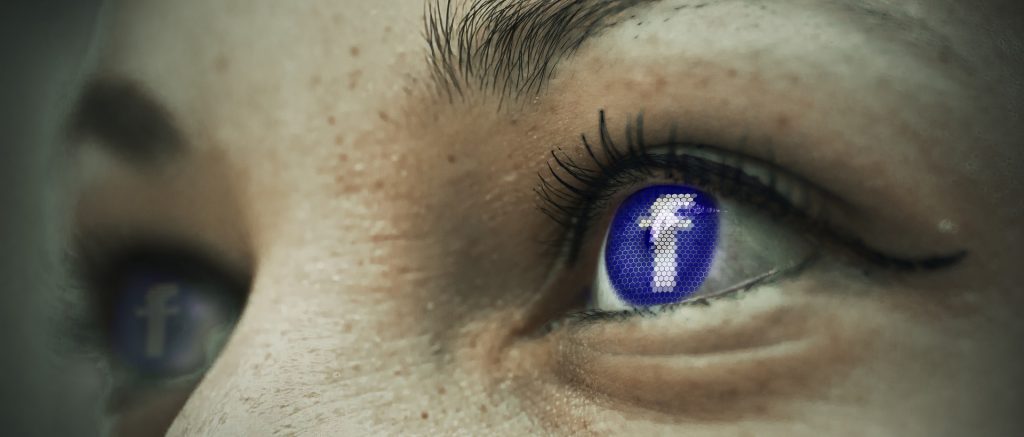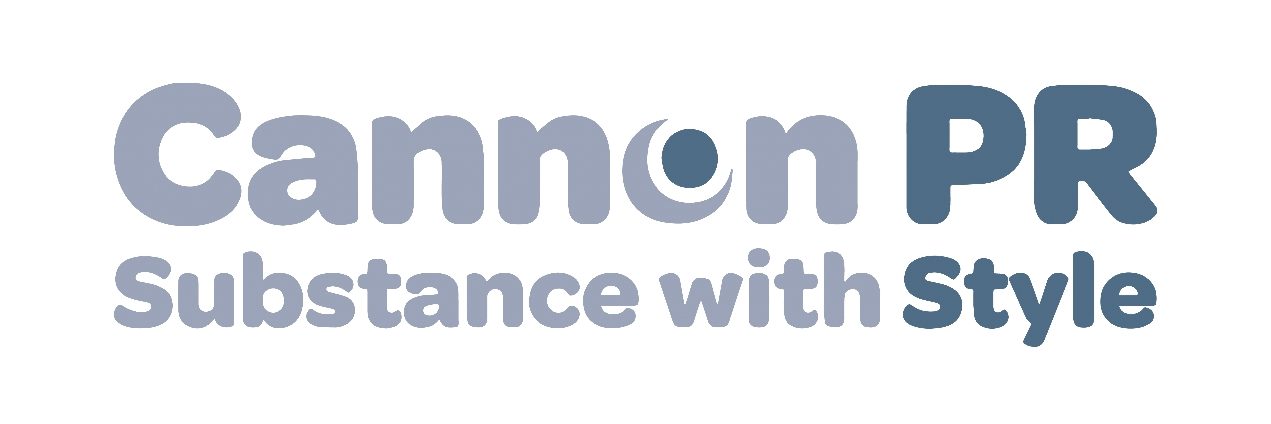Facebook and the social media marketing revolution
February 2024 marked something of a milestone in social media history: Facebook celebrated its 20th anniversary.
The origins of Facebook and how Mark Zuckerberg successfully transformed an idea into a billion-dollar business that has dominated social media networks for two decades are well documented. However, in this post I wanted to reflect on how Facebook’s world of pokes, likes and shares hasn’t only transformed the way in which many of us communicate with others, but how it has become a vital aspect of almost every business marketing strategy.
It could even be argued that the evolution of the social media industry itself can be traced back to the day when Facebook went live.
Over the past 20 years, social media channels have come and gone, but perhaps Facebook isn’t just remarkable for its longevity, but for how it has transformed the way in which businesses engage with their customers.
So, what exactly has been the secret to Facebook’s success?
Did the social media revolution begin with Facebook?

It could be argued that the origins of social networking as a communications tool predate the dawn of the internet age. Early experiments into bulletin-boards and interactive text communication using the computers of the day first began in the early 1970s.
In most cases, these early experiments were limited to a small user group, largely due to the inhibitive costs of the technology. Remember, these were the days when a computer would occupy the size of a small house, and even a home computer could cost nearly a year’s salary!
The limitations of the computing technology available meant that any forms of interactive communication between computers required technology out of reach of the typical home computer user.
That changed in the 1990s with the advent of the internet age. Suddenly, it was possible to transport yourself to almost anywhere in the world at the click of a button. You didn’t need a PhD in computer science, and even someone with very limited computing skills could quickly learn how to surf the internet.
Connecting to the internet in the early 2000s was a very different experience to that of today. Less than half of Britain’s households were connected to the internet; the vast majority were reliant upon dial up connections.
The limitations of the connection speeds meant that downloading images could be a painfully slow experience, and when it came to video and music, although it could be done, it was not a quick process!
However, one solution would soon change all that: broadband.
As fibre-based connectivity reached more areas of the UK, householders quickly liberated their landlines and consigned dial-up modems to the history books.
Offering lightning-fast connectivity speeds, in most cases more than 100 times faster, the stage was set for a social media revolution.
The dawn of the social media age
One of the first companies to harness the power of the internet was AOL. Unlike many of its competitors, AOL saw potential in building online communities, not simply providing access to the internet and email.
The communications strategy AOL embraced concentrated on making its software as accessible as possible. For quite a long period of time it was almost impossible to pick up a magazine without a CD-ROM falling out of it containing the latest incarnation of the AOL platform.
After installing the software, suddenly computer users were transported into a brave new world – one that didn’t simply provide internet access but offered the chance to become part of a brand-new community… all for the approximate sum of £15 per month.
The AOL platform combined news and information on a wide range of subjects, but where it really distinguished itself from the competition was its online communities. Equipped with chatrooms, messaging boards and even offering users the chance to build their own microsites, the platform catered for hobbies and interests covering just about any subject matter conceivable… and just like Facebook today, if there wasn’t one there to suit your tastes, a new group or chatroom could be created at the click of a button.
Early social media channels
One of the innovative features included in the AOL platform was the built in instant messenger. Launched in 1997, AIM provided opportunities to look up and chat with other members.
AOL was one of many different companies leading the social networking revolution, but most struggled to attain universal appeal. That was until a husband-and-wife team successfully captured the hearts and minds of the British public by tapping into the nostalgic memories of our school days.
The result of their work was Friends Reunited, arguably the first social media network to achieve widespread appeal in the UK. Launched in 2000 by Julie and Steve Pankhurst, the website grouped users into classes and years, allowing long forgotten connections to be rekindled. Within a year of its launch, the site was attracting 2.1 million visitors per month and was even blamed for an increase in divorce rates!
The platform was sold to ITV for £120 million. Friends Reunited had generated a membership of more than 15 million members with over a million paying subscribers. Despite the success it achieved, and the rolling out of the brand into music compilation tapes and even TV shows, Friends Reunited failed to find ways of keeping its audiences engaged, and by 2016, the school reunion was over forever.
Perhaps one of the primary reasons for the failure of Friends Reunited wasn’t the online communities it built so successfully, but the combination of its subscription model (latterly dropped) and an inability to keep users engaged.
But, as The Washington Post noted, the failure of Friends Reunited could also in part be attributed to the rise of Facebook: “Like many social networks that aren’t Facebook, Friends Reunited’s decline was almost certainly triggered by the success of Mark Zuckerberg’s online empire, which leaves little need for other reunion-type sites.”
The young pretender
Although Facebook certainly benefitted from advances in both technology and connectivity, it’s important to remember that in 2004, the platform was only available to a small number of students at Harvard. According to The Guardian, within just 24 hours the platform had received 1,200 sign-ups. The first month saw half of the university’s undergraduates sign up for the new service.
The roll out, first to other Ivy League universities, then to other universities across America, Canada and the UK also provided an opportunity for Facebook to manage its growth, ensuring that any potential glitches could be addressed before reaching the mainstream – something that was attributed to the downfall of Myspace.
By the time Facebook was made available to anyone in the UK aged over 13 and with a valid email address, the platform had amassed 12 million global users, with half a million UK accounts registered in October 2006 alone.
Hitting the mainstream

Looking back through the newspaper archives of the time, it seems remarkable just how little media attention the platform received. Writing in 2006, when examining some of the different channels available, The Daily Telegraph simply described it as, “Like Friends Reunited, but free to use”.
All that would change a year later when Prince William joined the platform. Suddenly, Facebook wasn’t just another social media platform, but one that had seemingly received royal endorsement.
As it’s user base grew, businesses were quick to spot the marketing potential offered by social media. One of the UK’s earliest examples saw Cadbury respond to an outcry from the now 3.5 million strong community by announcing the return of the Wispa bar.
Where there are people, there are PR opportunities!
The return of the Wispa illustrates how brands were able to tap into public sentiment and seize the initiative when it comes to capitalising on the PR opportunities offered through social media.
Business pages, launched in 2007, also presented new ways for companies to build a new audience for their products and services, often enticing individuals to like a post and tag friends, in return for a potential reward.
Marketers were quick to spot the enormous potential of viral marketing campaigns, driven through social media. As new creative ways of engaging with audiences were developed, brands often attempted to test the boundaries of possibility.
Perhaps one of the most notorious examples of this was the short-lived, “Would you sacrifice your friend for a burger?” campaign produced by Burger King.
The concept of the campaign was a fiendishly simple one, based around the premise, what do you love more, a Whopper or your friends? If a Facebook user deleted 10 of their friends, Burger King would reward them with a free Whopper.
Designed to poke fun at the superficiality of online friendships, Facebook didn’t see the funny side of the campaign. Within a matter of days, Facebook disabled it, claiming it violated the platform.
The short-lived campaign saw 60,000 take up the challenge, resulting in more than 230,000 friendships being sacrificed in the quest to receive a free burger. You can read more about this innovative campaign here.
This campaign illustrates the way in which both effective PR and creative social media usage can be integrated together to maximise media impact. Needless to say, the campaign quickly pricked up the ears of journalists and resulted in headlines being generated across the world.
For Burger King, this resulted in a significant increase in website traffic, as well as amassing 40,000 Facebook fans.
What does the future hold for Facebook?
Social Media channels are continually evolving and changing – they always have done, and Facebook is no exception. As long ago as 2008, Britain’s love affair with Facebook has been called into question; however, I think it will continue to play an important role in social media strategies for the foreseeable future.
Although marketers perhaps first tapped into Facebook’s ability to engage with the lucrative
18-34 demographic, the platform is no longer the disrupter that it once was. As its audience enters middle age, will evolution be enough to maintain its strong market share?
One of the main reasons companies like Facebook and Google have remained market leaders in their respective fields for such a long time is their recognition that they can’t simply stand still.
Channels such as AOL, Friends Reunited and Myspace all once held seemingly unassailable market shares, but all found themselves consigned to the history books. Will Facebook have the same fate?
Is facebook still relevant as a marketing channel?
The launch of Threads in 2023, in response to declining X (formerly known as Twitter) usage, illustrates that Facebook is continuing to keep one eye firmly on the future. Yet platforms such as TikTok have surpassed Facebook’s dominance, particularly amongst younger social media users. It will be interesting to see how Facebook adapts and responds.
If parent organisation Meta can avoid repeating the mistakes of its predecessors, then I think Facebook will remain relevant to businesses both large and small, for many years to come.
There have been many new social media platforms that have come and gone since 2004, but few have captured the public imagination in the way that Facebook has.
The most recent report analysing social media usage in the UK revealed that 84% of the total population are active social media users. Of those channels, the top three are all owned by Facebook’s parent company Meta.
When it comes to maximising investment in social media marketing, knowing where your customers hang out will reap dividends. This means getting to grips with understanding who is using a particular channel and why.
Perhaps what the past 20 years has taught us is that social media marketing isn’t just a fad or a passing fancy, it’s something that can be a transformational tool when it comes to driving business growth.
Find out how more about Cannon PR’s social media services here. Book a free 30 minute here or call 01709 321585.
